01 Sep Designing a gravel garden
A gravel garden is a great way to enjoy plants without worrying about maintenance. Here are our tips for designing a gravel garden.
Imagine a garden with no lawn but lots of plants that virtually care for themselves. There’ll be butterflies flitting between the flowers, wonderfully scented foliage and the gentle hum of bees. Suitable for any soil type and any weather conditions, a gravel garden is a great way to garden in the face of climate change. So what is a gravel garden and how can you create one for yourself?
 What is a gravel garden?
What is a gravel garden?
Gravel gardens are defined as “quality landscaping that conserves water and protects the environment”. For the most part, they are wonderfully informal spaces where plants thrive in a deep mulch of gravel or aggregates.
Also known as xeriscape gardens, gravel gardens are drought resistant, great at conserving water and beautiful in all seasons. Because there is no visible soil, there are very few weeds and therefore hardly any weeding to be done. That wonderful gravel mulch also aids drainage – so that you can use your garden in all weathers without worrying about tramping mud into the house. The gardener’s job is simply to enjoy the space.
It’s usual for a gravel garden to be quite informal, like a cottage garden. However, you can style it however you want. Perhaps you’d prefer a more contemporary look and feel? No reason why you can’t go for a minimalist of planting style and use boulders, pebbles and changes in level to create interesting features.
Where to go for inspiration
One of my favourite places to visit is Beth Chatto’s garden in Essex. The gravel garden here is a joy to behold. It was once a car park, but you’d never believe it now. Winding paths lead visitors on a journey through swathes of plants. The display of colour and texture changes through the seasons without the gardeners needing to intervene at all. Every time I visit, I see something new. Best of all, it’s an absolute haven for wildlife. Minimal gardening means hardly any disturbance so insects and birds can thrive.
The plants in Beth Chatto’s garden have been specially selected to thrive in the conditions. It’s in Essex, one of the driest counties in the UK. The soil in this garden is free-draining and nutrient-poor yet the plants never need watering.
More about Beth Chatto’s gravel garden
Please do pay a visit to this garden and then, if you have time, go and have a look at the desert wash feature in the Old Vicarage Gardens East Ruston. It’s on the North Norfolk Coast, so a full day out if you live in Essex, but my goodness it’s worth it! The desert wash garden uses a mix of gravel, pebbles and boulders as a foil for drought-tolerant and exotic looking plants.
Designing a gravel garden
Designing any garden should be about functionality first. So how will you be using your gravel garden? Is it your front garden, destined to welcome guests to your home? Or are you designing your back garden, your leisure space? Do you need somewhere to sit? Cook? Eat? Work? Dry the washing? Store bins and bikes?
What about the garden itself? What problems will you need to overcome with your garden design? Is your garden sloping? is it poorly drained? Overlooked by neighbours? Exposed to cruel winds? Or do you have a coastal garden where salt-laden air affects your choice of plants?
Once you know which features you need in your garden, you will need to design the journey between them. Traditionally, paths will be gravel or aggregate but there’s no reason why you can’t add some stepping stones or use contrasting colours of gravel. Will you go for straight paths or curved. One path or a labyrinth of walkways that allow you to get up close to the plants?
Great gravel garden plants
This sedum spurium is proving a hit with the local pollinators. Sedums are great plants for gravel gardens
Personally I love creating planting plans for gravel gardens. I take into account the soil type, the amount of sunshine the garden gets at any time of year and of course, the client’s personal taste and style.
For movement and sound – ornamental grasses are amazing. Use several different species to create layers of height.
For summer colour – crocosmia is a favourite for summer colour. It’s so easy going and doesn’t need any attention beyond removing the dead leaves at the end of the summer. But those hot colours create a wonderful display
For bees and butterflies – you cannot beat the sedums. There are dozens of sedum species that thrive in the UK. Sedum album has frothy white flowers in early spring. While sedum autumn joy is a magnet for late summer butterflies
For a long flowering period – Oenothera lindheimeri ‘Whirling Butterflies‘ is incredibly good value. Pale pink flowers last from May through to September and it looks spectacular planted amongst grasses
For height and structure: Go for a small tree that you can underplant with sprawling plants. How about an acer that will give you intense autumn colours? Or what about evergreens for all year round interest?
For fabulous seed heads: Flowers are not the only interesting things about plants. Some have spell-binding seedheads. Teasels are a UK native plant with towering seedheads that will feed the birds in wintertime.
Creating a planting plan
Tapestry Design Studios offer a full garden design service, or we can simply help you to design a planting plan for your gravel garden. Why not call us for an informal chat – you might be surprised at how little it costs for a planting plan and how much time and trouble it could save you.
Talk to us about designing a gravel garden
Designing drought-tolerant gardens
What does garden design cost? Take a look at our garden design packages for a guide to prices




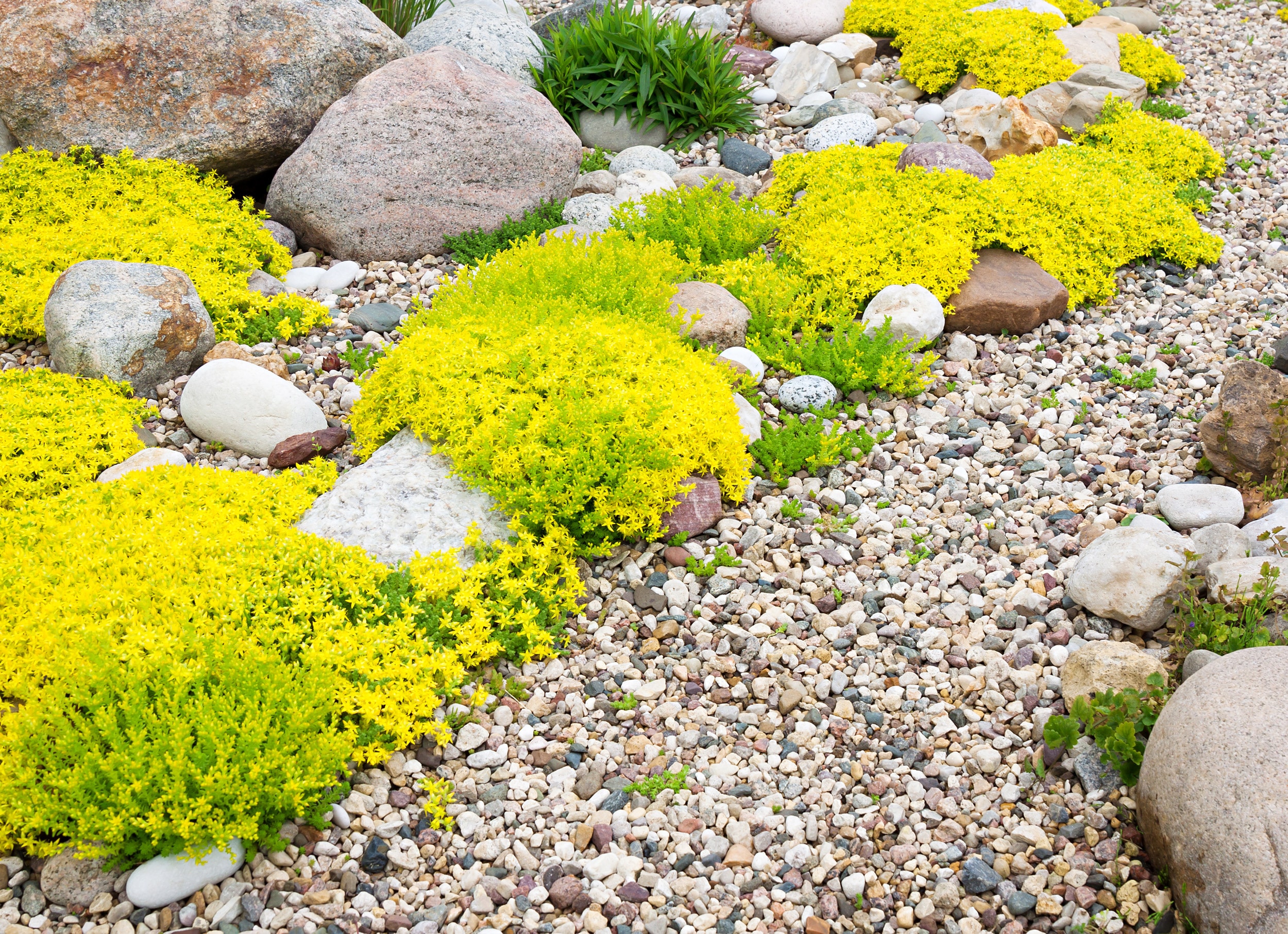
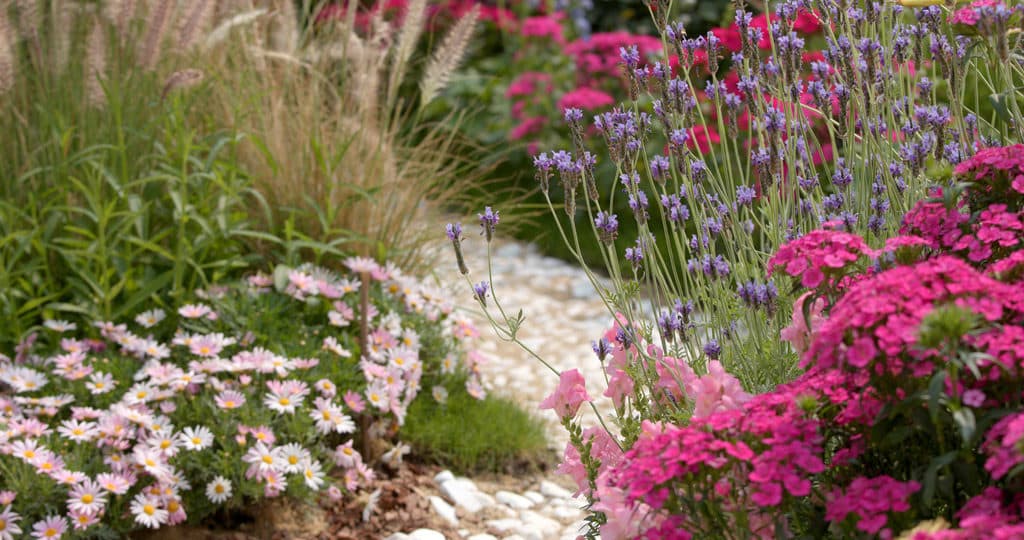 What is a gravel garden?
What is a gravel garden?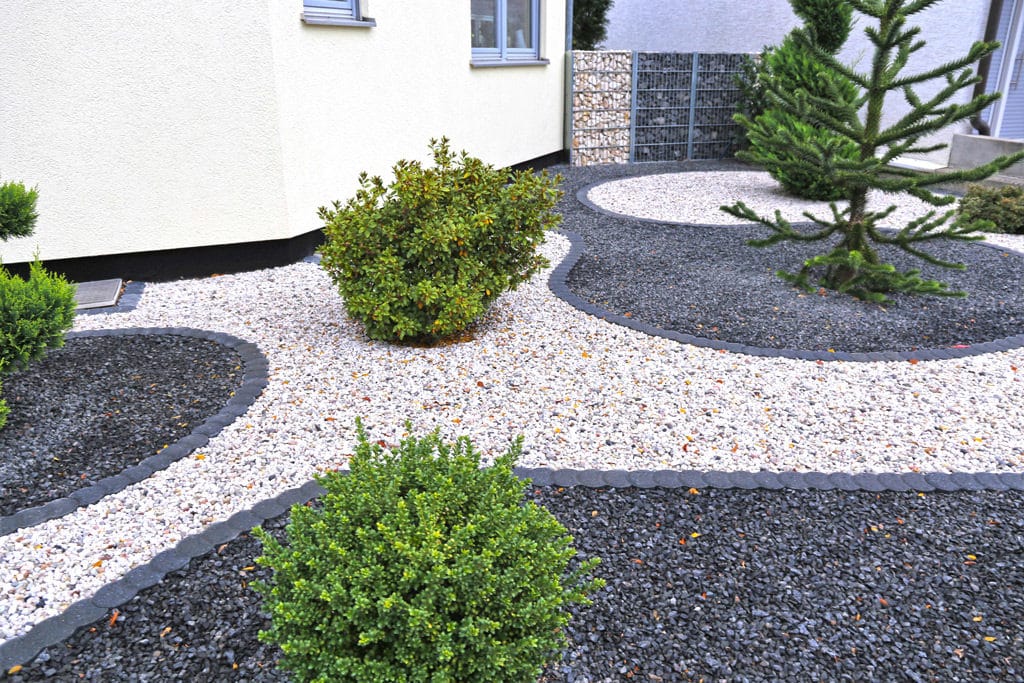
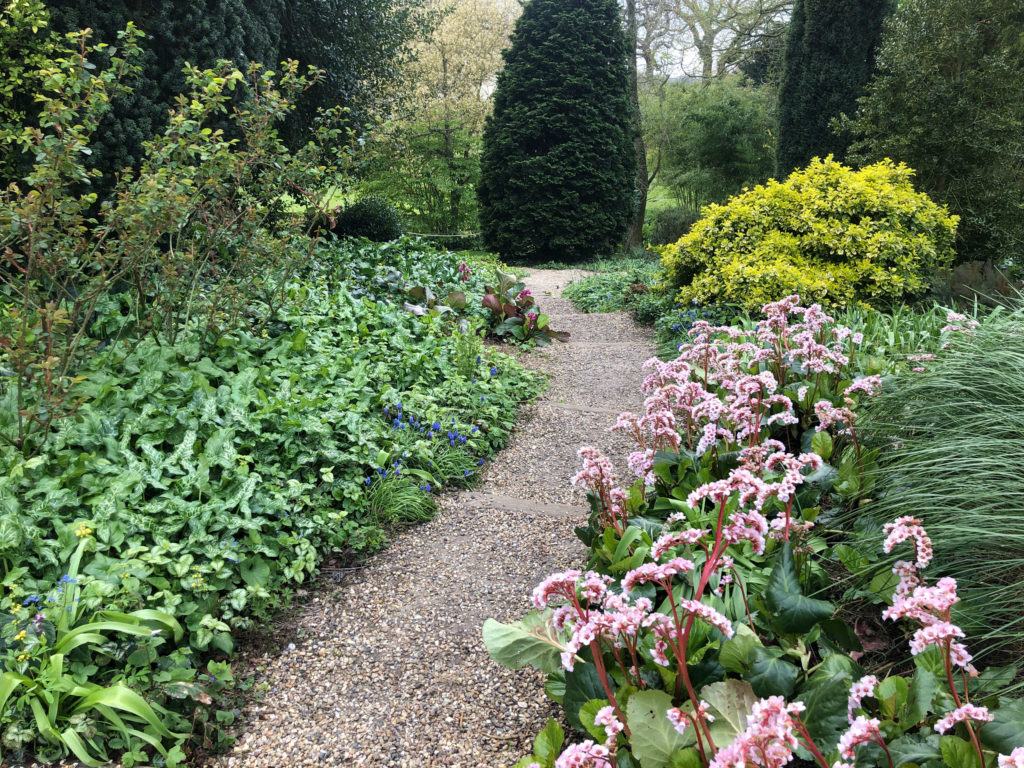
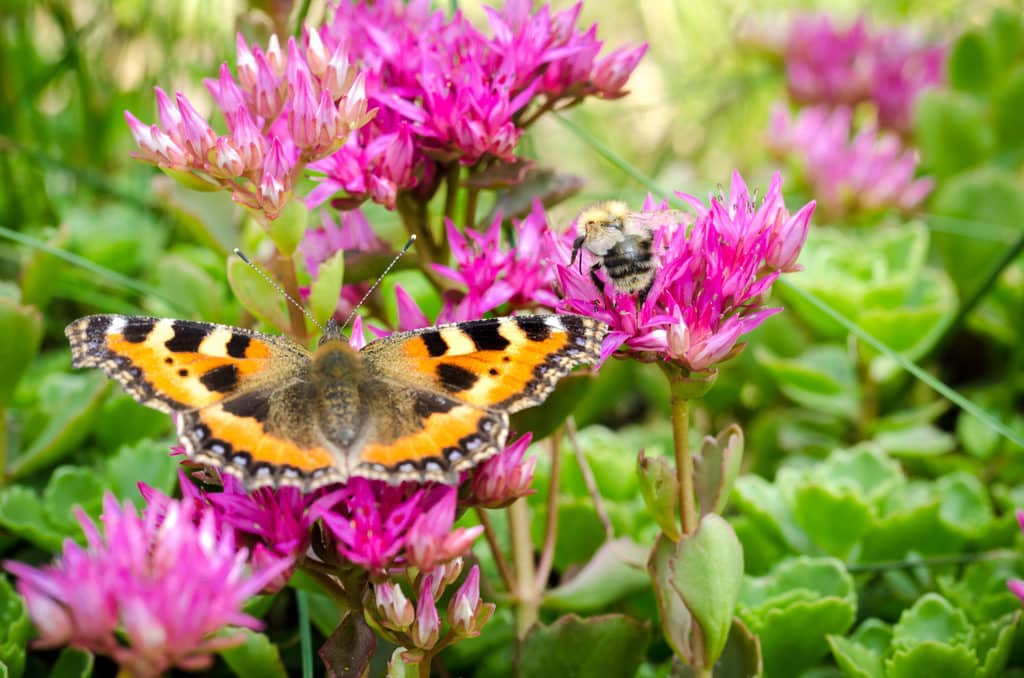
Sorry, the comment form is closed at this time.